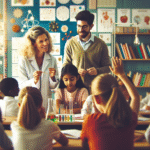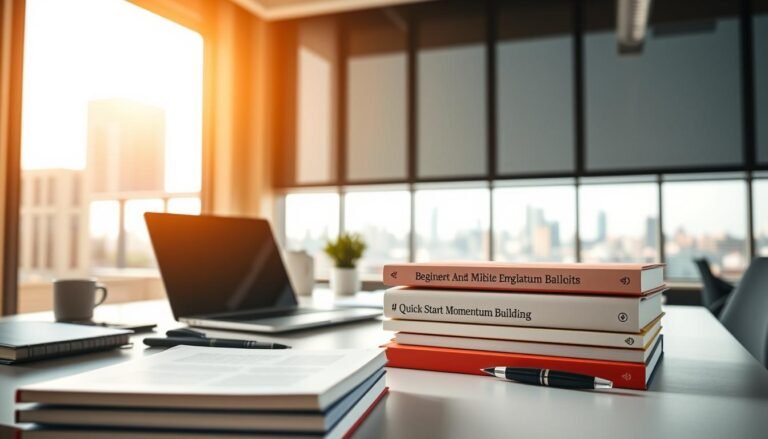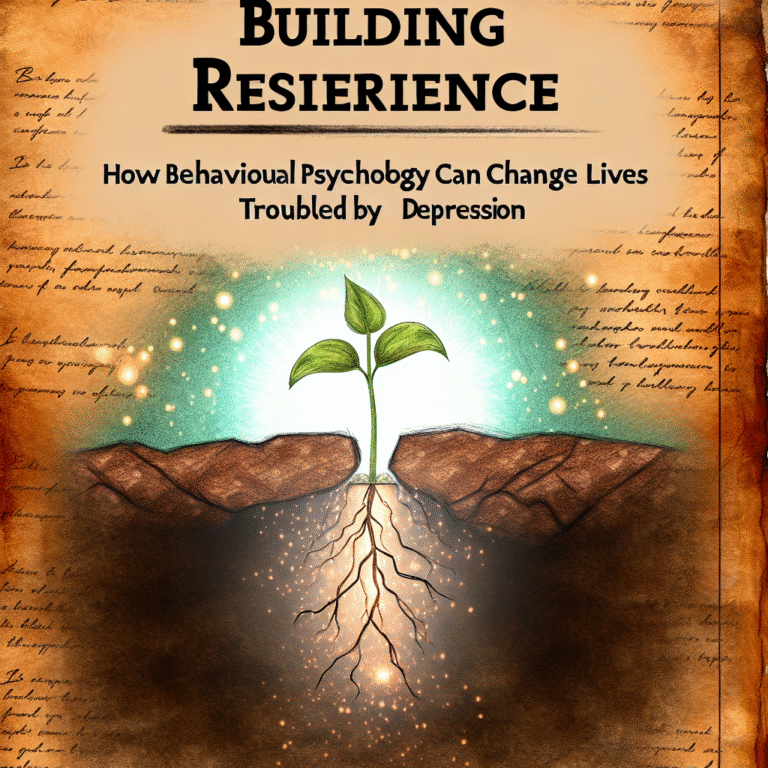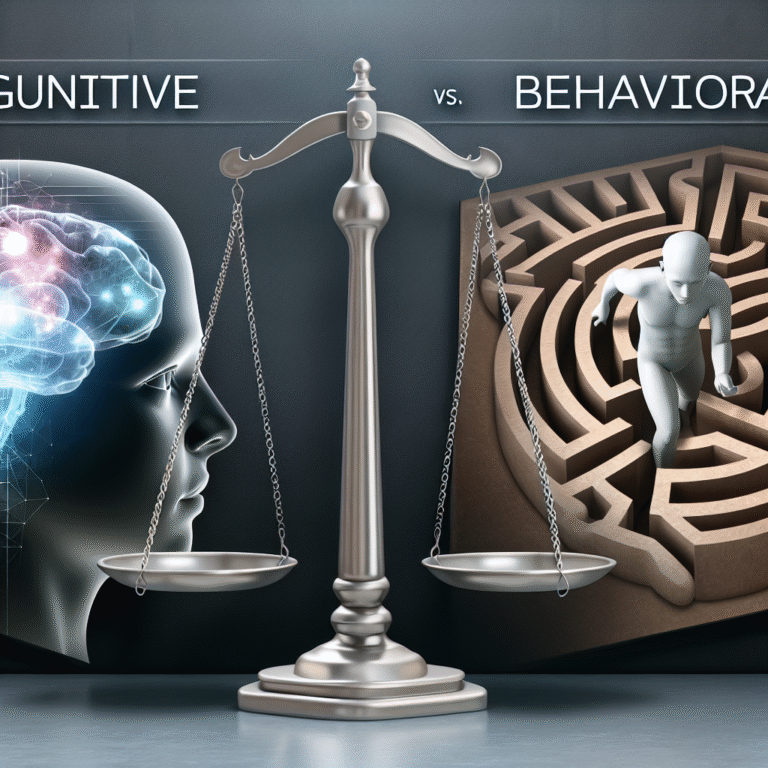
Navigating the Spectrum: How Behavioral Psychology Can Transform Lives of Individuals with Autism
Introduction
Navigating the complexities of autism is no small task, not just for individuals on the spectrum, but for families, educators, and therapists alike. With an increasing number of diagnoses year by year, understanding and tapping into effective strategies is not only relevant—it’s essential. Behavioral psychology stands at the forefront of this quest, offering transformative insights and tools that can empower those affected by autism. Navigating the Spectrum: How Behavioral Psychology Can Transform Lives of Individuals with Autism is a guiding compass, promising a life of thriving potential rather than mere survival.
In this article, we’ll dive deep into how behavioral psychology can offer pathways to support individuals with autism. From developing essential social skills to enhancing emotional well-being, the tenets of behavioral psychology aim to reshape perceptions, skills, and, ultimately, lives.
Understanding Autism Spectrum Disorder
What is Autism Spectrum Disorder?
Autism Spectrum Disorder (ASD) is a complex neurodevelopmental condition characterized by varying degrees of social interaction challenges, communication difficulties, and repetitive behaviors. The spectrum classification signifies that there is considerable variation in how individuals experience the disorder—from high-functioning individuals to those requiring significant support.
Key Characteristics of Autism
| Characteristic | Description |
|---|---|
| Social Interaction | Difficulty in forming relationships and understanding social cues |
| Communication | Challenges in both verbal and non-verbal communications |
| Repetitive Behaviors | Engaging in routines or specific behaviors regularly |
| Sensory Sensitivities | Over or under-reaction to sensory stimuli |
Understanding these characteristics is fundamental to navigating the spectrum successfully. It’s not merely about recognizing these traits but rather about applying behavioral psychology techniques to facilitate better coping mechanisms, improved communication skills, and higher emotional intelligence.
The Role of Behavioral Psychology
Behavioral Psychology Defined
Behavioral psychology is a branch of psychology that focuses on observable behaviors rather than internal phenomena. Techniques rooted in behavioral psychology, such as Applied Behavior Analysis (ABA), have shown significant effectiveness in helping individuals with autism modify behaviors, learn new skills, and improve their quality of life.
Case Study: The Power of ABA
Consider the case of a young boy named Ethan, diagnosed with autism at age three. His early years were marked by meltdowns triggered by unexpected changes or novel situations. His parents sought help from a trained behavioral analyst who implemented an ABA program tailored to Ethan’s specific challenges. Over the course of six months, Ethan learned to express frustration with words rather than tantrums, drastically reducing his meltdowns and enhancing his engagement with peers.
Relevance: This case underscores the transformative capabilities of behavior-focused interventions, illustrating how navigating the spectrum can yield meaningful improvements in daily functioning and interpersonal relationships.
Key Techniques in Behavioral Psychology
1. Applied Behavior Analysis (ABA)
ABA is the most well-documented and widely-used method within behavioral psychology. The approach involves intensive one-on-one therapy that emphasizes reinforcement strategies to encourage positive behaviors and discourage undesirable ones.
Table: ABA Techniques
| Technique | Description |
|---|---|
| Discrete Trial Training | Teaching skills through repeated trials |
| Reinforcement | Using rewards to increase desired behaviors |
| Prompting | Providing cues to help initiate behaviors |
2. Social Skills Training
Social skills training incorporates behavioral techniques to help individuals develop essential interpersonal skills. Activities often involve role-playing, social stories, and real-world practice scenarios.
Case Study: Social Skills Group
A dedicated social skills group implemented weekly role-playing sessions for children with autism. Following a series of structured interactions designed to stimulate conversational exchanges, participants reported feeling more confident in their ability to engage with peers.
Relevance: This initiative illustrates how targeted training can dramatically improve social interactions, enhancing overall self-esteem and social integration.
3. Cognitive Behavioral Therapy (CBT)
Often used for older children and adults with autism, CBT focuses on the connections between thoughts, feelings, and behaviors. By recognizing negative thought patterns, individuals can develop healthier coping strategies.
Case Study: CBT in Adolescents
An adolescent with autism engaged in CBT to address anxiety associated with school. Over several sessions, they learned to reframe negative thoughts that contributed to their distress, leading to improved classroom performance and reduced avoidance behaviors.
Relevance: This case reveals the power of addressing cognitive distortions, highlighting another versatile method within navigating the spectrum.
Practical Applications of Behavioral Psychology
Developing Functional Skills
Behavioral psychology techniques can be instrumental in teaching daily living skills—such as dressing, cooking, and personal hygiene. By breaking down these tasks into manageable steps and employing reinforcement strategies, individuals can develop the autonomy needed for greater independence.
Fostering Emotional Regulation
Emotional regulation is critical for people with autism. Behavioral strategies can include identifying triggers, teaching calming techniques, and practicing mindfulness—skills that promote emotional stability and resilience.
Building Family Support Systems
Family involvement is crucial when navigating the spectrum of autism. Behavioral psychologists often include family members in therapy sessions to equip them with techniques that reinforce positive behaviors and skills at home.
Integrating Technology: A Modern Approach
With technological advancements, behavioral psychology is evolving. Applications designed with behavioral principles can support skill acquisition through interactive and user-friendly interfaces. These tools, such as gamified learning, can be particularly effective for younger individuals on the spectrum.
Challenges and Considerations
Misunderstandings of Behavioral Techniques
Despite its effectiveness, behavioral psychology sometimes faces skepticism due to misconceptions about its application, most notably the belief that it is purely about changing behavior without regard to emotional or cognitive experience. To combat this, practitioners emphasize the holistic nature of therapy, focusing on emotional and psychological growth alongside behavior modification.
Individual Variability
Every individual with autism is unique. Therefore, it is essential to tailor interventions to meet each person’s distinct needs. Practitioners must remain flexible and receptive to adjustments within therapeutic techniques.
Conclusion
Navigating the spectrum through the lens of behavioral psychology presents one of the most promising frameworks for supporting individuals with autism. This approach transcends mere behavior modification, enabling individuals to develop essential skills that can lead to enriched lives and deeper connections with others.
As we embrace the insights gained from behavioral psychology, it becomes imperative to champion individualized paths to growth and learning. The journey may be complex, but the potential for transformation is vast.
Motivational Takeaway
Whether you are a family member, educator, or therapist, your role in navigating the spectrum is significant. Equip yourself with knowledge, remain patient, foster connections, and advocate for the strategies that can turn possibilities into realities for individuals on the spectrum.
FAQs
1. What is the primary goal of behavioral psychology in treatment for autism?
Behavioral psychology aims to help individuals with autism develop positive behaviors and skills necessary for daily living and social interaction.
2. How long does it take to see results from programs such as ABA?
The timeline can vary widely depending on the individual and their specific needs. Many families report noticeable improvements within a few months of consistent and tailored intervention.
3. Are behavioral techniques suitable for all ages?
Yes, while techniques and approaches may vary by age, behavioral strategies can be adapted for individuals across the lifespan, from early childhood to adulthood.
4. Can behavioral psychology help with challenges beyond social skills?
Absolutely. Behavioral psychology has applications in emotional regulation, anxiety management, daily living skills, and academic performance, making it a comprehensive approach to autism intervention.
5. How can families support their loved ones in navigating the spectrum?
Families can participate in behavioral programs, reinforce skills learned in therapy, and advocate for necessary resources and supports that promote independence and growth.
By leveraging behavioral psychology, we can shine a light on the paths to meaningful change—a journey worth taking for the lives it transforms.
















